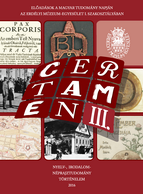
Rövidítésjegyzék és mutatók
The file contains the abreviations used both in the article and in the indexes and the indexes of the names, of the geographical places and of the institutions that are to be found in the articles.
More...We kindly inform you that, as long as the subject affiliation of our 300.000+ articles is in progress, you might get unsufficient or no results on your third level or second level search. In this case, please broaden your search criteria.

The file contains the abreviations used both in the article and in the indexes and the indexes of the names, of the geographical places and of the institutions that are to be found in the articles.
More...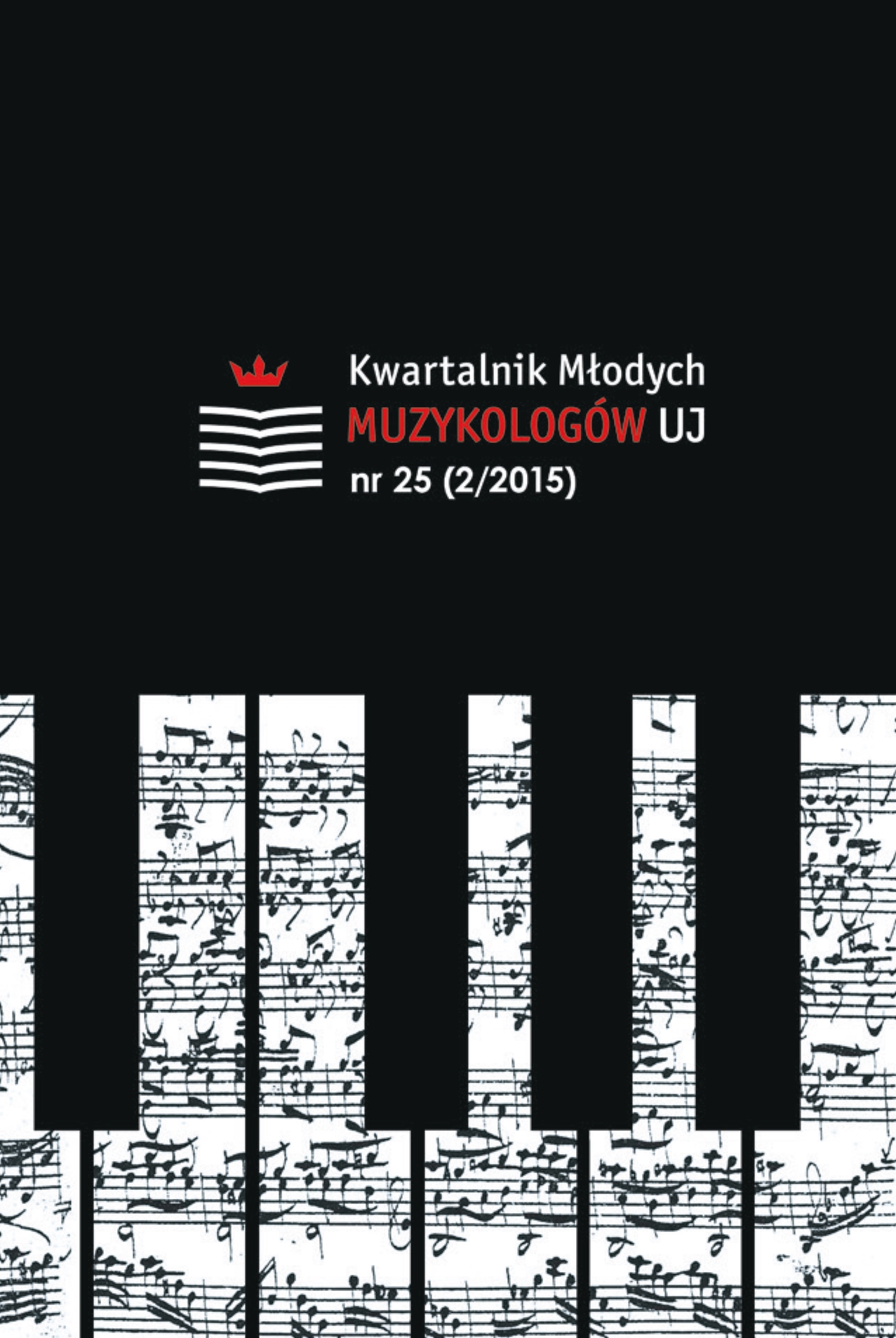
„La buona figliuola” („The Accomplish’d Maid”) is an opera buffa in three acts by Niccolò Piccinni and Carlo Goldoni. The librettist based his text on Samuel Richardson’s novel „Pamela, or Virtue Rewarded”. It was performed for the first time at the Teatro delle Dame, Rome on 6th February 1760 with an all male cast. It was a big success and „La buona figliuola” took Europe by storm. Every European opera house had this opera in its repertoire. The performances were in: Barcelona, Prague, Vien, Dresden, London, Berlin, Mannheim and Paris. This opera was probably performed even in Beijing by Jesuits in 1778. „La buona figliuola” was so popular in Europe that Stanisław August Poniatowski, the King of Poland, wished it for his coronation ceremony. The performance took place at the National Theatre on 7th August 1765, just five years after the world premiere. This opera was also very popular in Warsaw. People loved the story of a simple and good maid Cecchina. Seventeen years later, Wojciech Bogusławski, the director of the National Theater, translated and adapted Goldoni’s opera and named it „Czekina albo cnotliwa panienka” („Czekina or a Virtuous Maid”). He performed it in 1782 with big success. First of all, the article describes the historical context of the creation of libretto – the Carlo Goldoni’s biography. Next, it presents the story of maid Cecchina and the phenomenon of the description of the Polish theories of translation from the 18th century, the Polish version of the opera – „Czekina or a Virtuous Maid”, is presented. Finally, two versions of the libretto – the Goldoni’s and the Bogusławski’s, are compared.
More...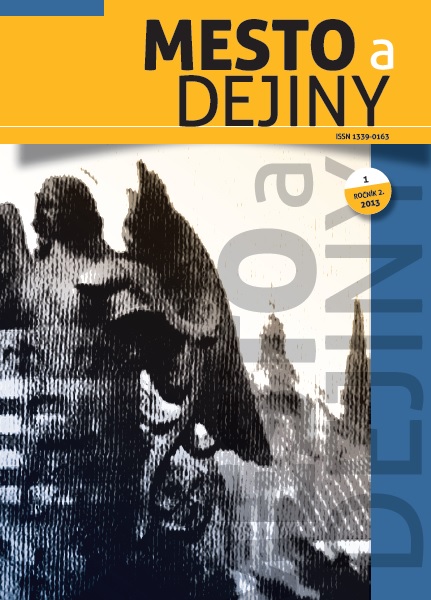
This contribution describes and evaluates four wells explored or documented in 1990s in the streets of Košice. Two of the wells were investigated in Hlavná Street – one of them is located in the Lower Gate area and the other is near the Immaculata. The third well was researched in Dominikánske Square. The well in front of Kováčska Street 26, damaged by a sewer trench, was documented only. Profile of the wells is round, narrowing towards the bottom. Their construction character is identical as well – stone walls built on a wooden base construction. The maximum difference between the bottoms’ levels is 1.5 m. It was impossible to measure the depth and identify the construction method of the well in Kováčska Street – in front of Kováčska 25, as it was situated under the bottom of the sewer trench backfill. Despite the fact that dating of the wells was not possible, it is undoubtable that they were used in the modern era. They disappeared when the city water supply was built in the beginning of the 20th century.
More...
The paper considers the problem of personality development of young people in the Russian literature of the 18th–21st centuries. The continuity of the traditions established in the Russian literature of the 18th–19th centuries is observed based on the autobiographical prose of M.N. Murav’ev (“An Inhabitant of the Suburbs”), S.T. Aksakov (“The Childhood Years of Bagrov Grandson”, “The Family Chronicles”), V.P. Krapivin (“The Sixth Bastion”), F.A. Kamalov (“Hello, Artem!”), and B.G Weiner (“A Lapwing along the Road”). These authors refer in their works to the acute problems of childhood and adolescence: moral and spiritual development of the young person, confrontation between the good and evil among children and in their souls, questions concerning protection of the world of children from adults, and relationships between adults and children. The conclusion is made that modern literary works addressed to children form a sustained interest in reading by motivating to it in enjoyable, playful, and seriocomic manner. They proclaim the positive role of books in the development of moral qualities of children and adolescents.
More...
The present paper for the first time deals comprehensively with the problem of Russian educational realism as a system in the national literary culture of the 1760s–1820s in the context of basic literary discussions of the second half of the 20th and the beginning of the 21st centuries. The hypothesis of the core role of this phenomenon in the development of Russian literature at the turn of the 18th–19th centuries, its syncretical orientation, as well as genre and thematic character is introduced. The prognostic conclusions about the holistic ideology of educational realism in Russia from the perspective of the leading concepts of rationality/emotionality, duty/ virtue, value of a human person without regard to their social class are drawn on the basis of a wide range of historical-literary and literary-theoretical materials. Furthermore, ways of finding prospects for investigating ideologemes of the educational realism and the Enlightenment in the focus of the so-called “middle culture” tasks in its genesis and development are also outlined in the paper. Autonomy of the genre system of the educational realism movement with interpenetration of prose, poetry and drama, which is peculiar to it, is proved in the paper under review on the basis of the most recent scientific data. The structure of the present paper is defined in line with the described research paradigms and obtained analytical results. A systemic review of the basic discussions in literary studies on the phenomenon of educational realism, its existence and meaning is given in its first part. Dwelling on the concepts of both adherents of this idea and its opponents, the author of the article comes to the conclusion about the crucial significance of the concepts of “educational realism”, in particular in the Russian historical-literary process of the last third of the 18th–the first decades of the 19th centuries. Educational realism is one of the key embodiments of the Enlightenment in Russian literature, the first stage of realism development as artistic vision, and the unique epilogue of the national literary culture of the 18th century. The second section of the paper is devoted to analysis of the ideological and thematic, philosophical and esthetical levels of the Russian educational realism system in the context of generating tasks of the “middle culture” of that time. The author’s position on the problem of genre systematicity of the national educational realism of the period of interest is proposed in the third (concluding part) of the work.
More...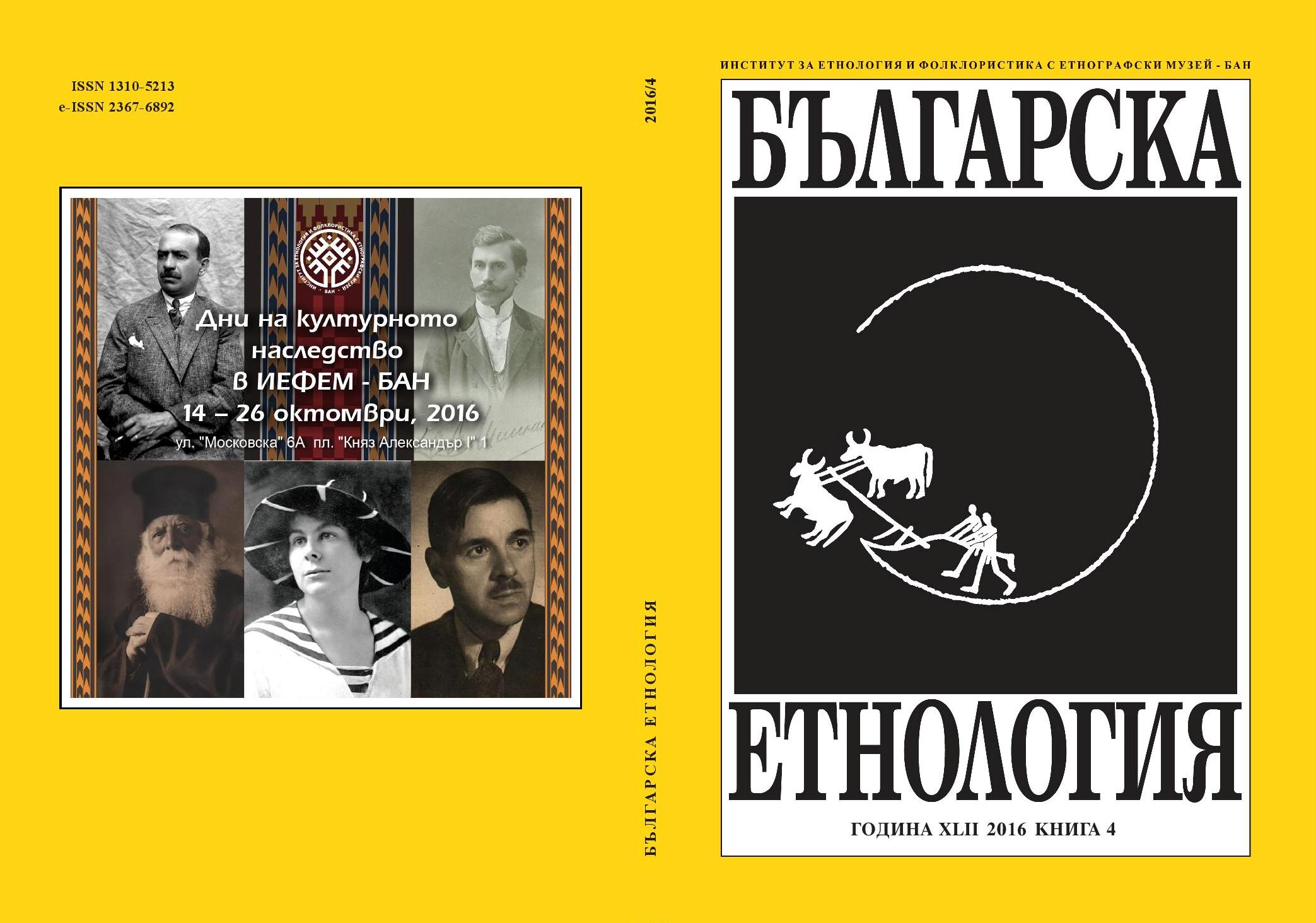
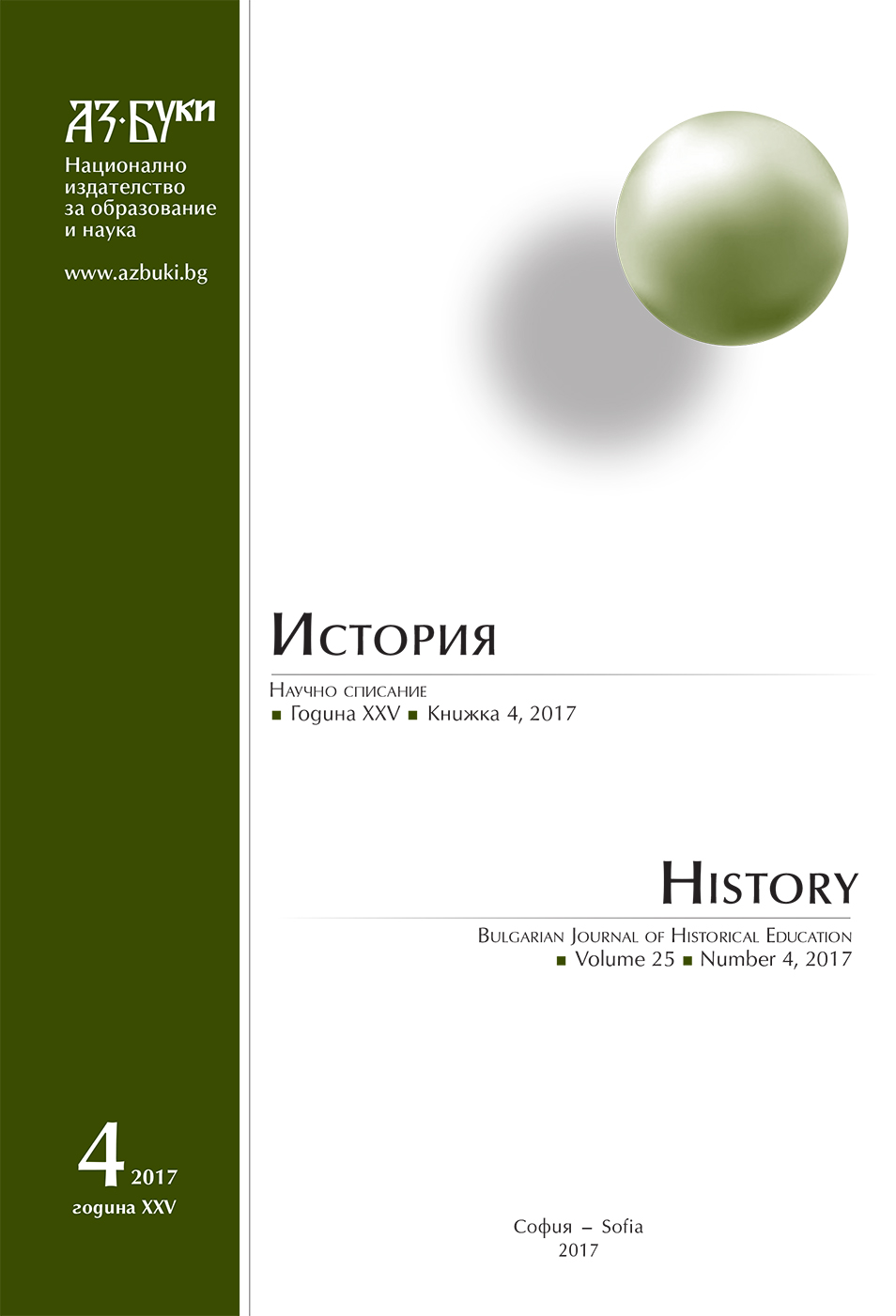
The Islamization processes affect the territory of Anchialo kaza, like the other Rumelian lands. The motives of most of the converts are clear – salvation from slavery, less taxes, the possibility of permanent financial support from any income source and the possibility of career development in the Ottoman ruling party.
More...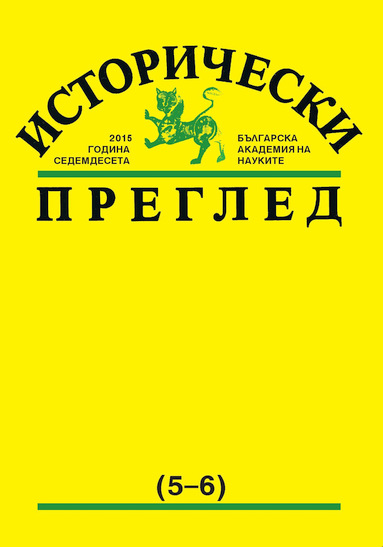
The study closely traces the fate of Church Slavonic monuments in the collections of the Basilian monasteries since the establishment of the Order of the Basilians in 1617 to the period of socialism. A full quantitative and thematic characterization of the manuscripts and books preserved until today is presented against the background of historical events. The author argues that the collections of the Basilian libraries are unique in character and represent a kind of synthesis between western and eastern traditions.
More...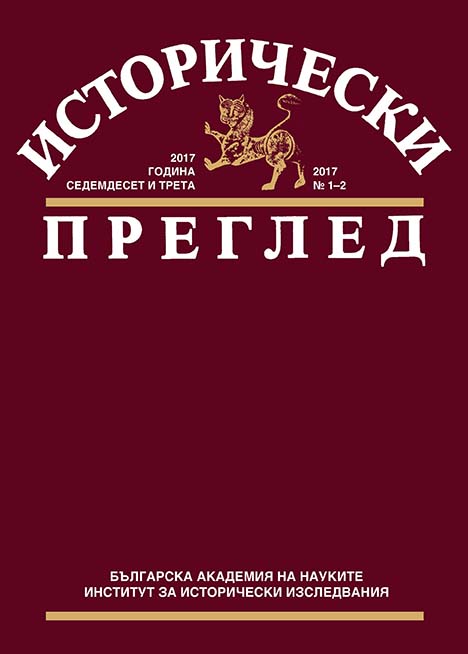
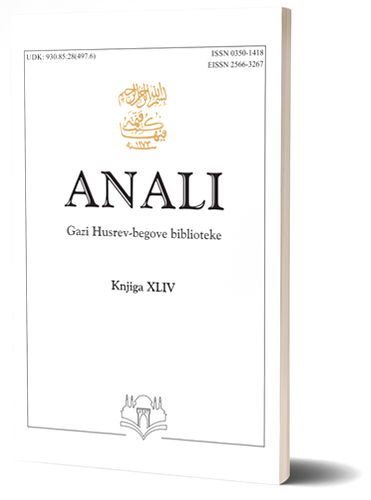
In the municipality of Rudo, eleven mausoleums of various dimensions and shapes have been erected thus far. In Staro Rudo there are two mausoleums, and one each in Sokolovići, Donja Strmica, Bresnica, Obrvena, Barakovci (Strgačina), Prebidoli, Sjeverin, Ustibar, and Mioče. Nine of them were erected for males, and two of them were made for maidens. Four have been preserved to this day, two have been restored, and one newly erected. After the aggression against Bosnia and Herzegovina, the reconstruction of mosques began, also followed by the reconstruction of mausoleums. Among the reconstructed mausoleums, we should mention those in Staro Rudo and Mioče, as well as the construction of a new one erected in honour of civilian victims of war. Hopefully, this activity will be continued and other destroyed mausoleums in Rudo will be reconstructed. Furthermore, the service of a turbedar (mausoleum keeper) is documented in three mausoleums.
More...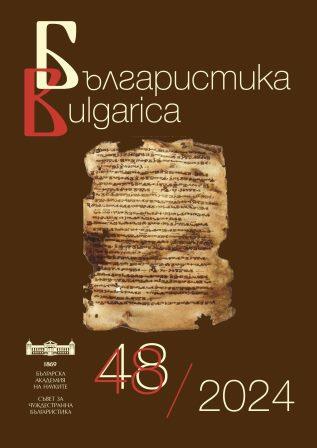
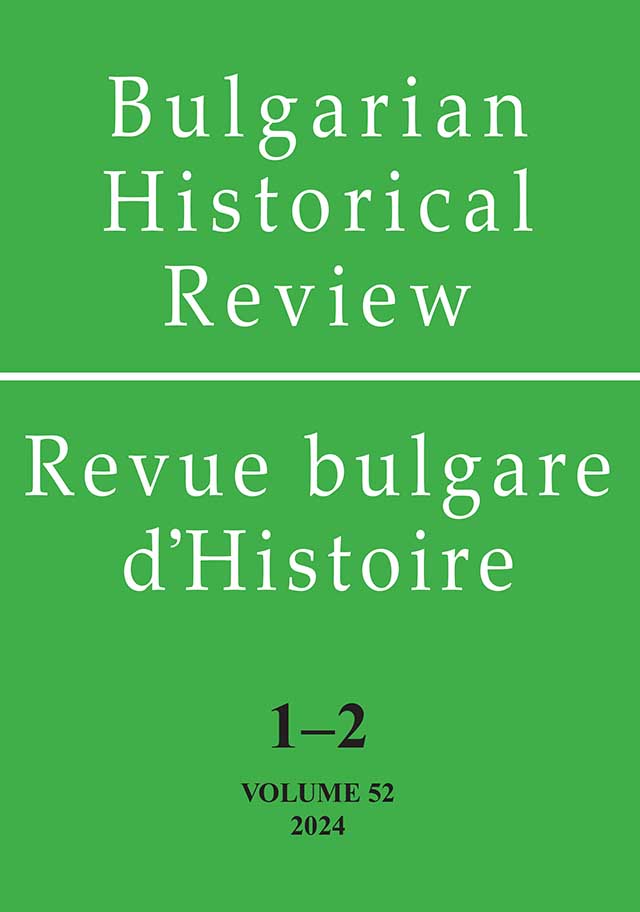
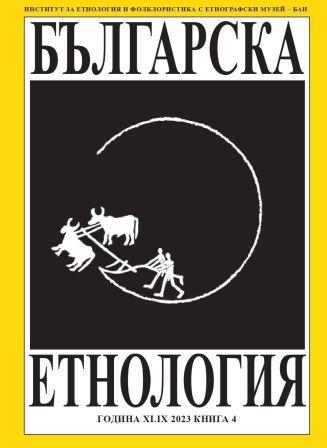
This text presents the women’s clothes of the Bulgarians in the settlements of Korten and Tvarditsa in Moldova in the period between the end of the 19th and the beginning of the 20th century. Two museum collections from the museums in the village of Korten and the town of Tvarditsa in Moldova are analyzed. In this study, the author seeks to answer the question of what did the Bulgarian women dress at that time and how did they do it. The reconstruction and interpretation of the data include the form, the structure and the terminology of clothing, as well as its constituent parts. The comparative-historical and systemic-structural analysis is applied, which allow to clearly reconstruct the idea of clothing of women from the Bulgarian settlements of Korten and Tvardica in Moldova on the boundary between the two centuries.Bulgarian women’s clothes in the settlements of Korten and Tvarditsa in Moldova
More...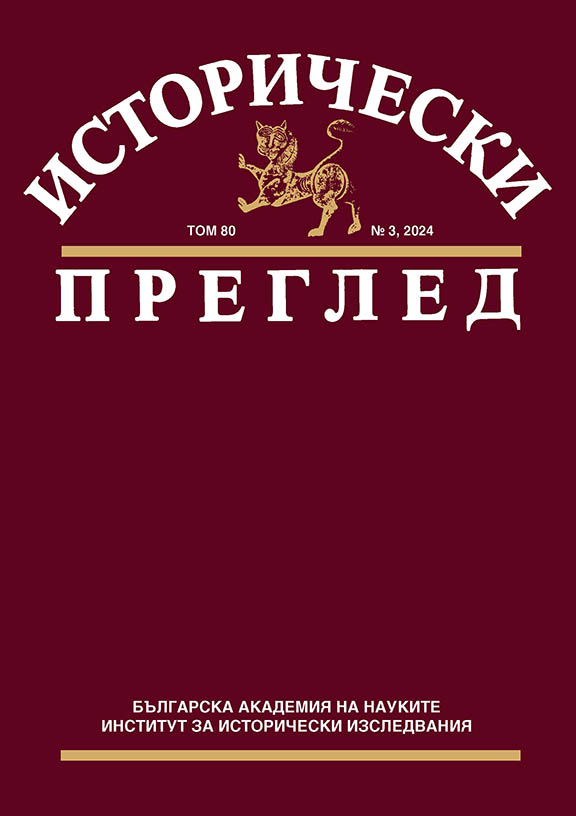
Book review: Indjova, Iva. The Gabrovo municipality during the Revival period. Gabrovo: Ex-press, 2022. Second edition.
More...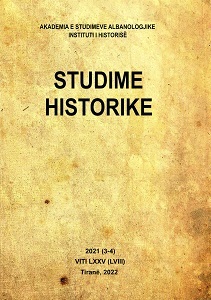
The Ottoman Empire administered Nis and its surroundings for a very long period, more precisely from 1389 to 1878. Based on Ottoman archival sources, published works, and field studies, many cultural and social monuments of that period come to light. The number of waqf monuments that were built and registered in Serbia, Montenegro, and Sandzak (Novi Pazar) (New Yugoslavia) during the Ottoman period is 1,140. While the number of monuments that have managed to survive until today it is only 30. In Nis alone, it is mentioned that a total of 23 mosques, 2 madrasas, 4 schools, 7 tekkes, 2 public canteens (imaret), an inn, 2 hamams, 3 fountains, a castle, and a bridge have been destroyed. Therefore, the figures given in the paper do not necessarily mean to extract all the monuments of that period, because there are still many documents in different archives that researchers are expected to use in the future in order to complement the historiography, however, we hope that this study will help to fill a part of that gap.
More...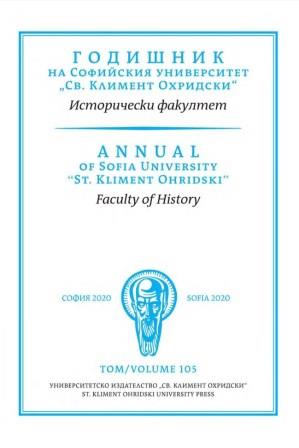
The history of the Ohrid Archbishopric, which researchers have been studying for more than two centuries, is a favourite topic of Slavists (historians, theologians, art historians). In different chronological periods, this Byzantine archbishopric has been the central object of the claims of the Byzantine, Bulgarian and Serbian churches. The importance of the archbishopric also depended on the extent of the territory under its jurisdiction. The function of the archbishopric was ecclesiastical and political. It acted not only as an autocephalous ecclesiastical organization, but also as an institution supporting political structures.
More...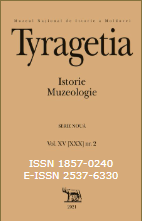
: The scientific communication presents the results of a study of the collection of pistols and revolvers from the National Museum of History of Moldova, numbering about forty specimens of firearms of historical, technical and artistic significance. We propose to pay attention to the historical value of these weapons, presenting their description and evolution from pistols with the wheel lock mechanism to the flint lock and cap lock mechanism or percussion lock system. The article is a continuation of a series of publications on firearms from the previous issues of Tiragetia journal. The Western and Eastern samples of weapons examined here entered the museum collection as a result of donations and purchases, or were transferred from other institutions. The chronological framework of the collection covers the period from the Middle Ages (16th century) to the outbreak of World War II. Designers-gunsmiths are indicated separately or by country, some terminological aspects are specified regarding the etymology of the words “pistol” and “revolver”. The scientifically systematized material presented in the article can be useful for specialists, historians and museologists, and at the same time will be interesting and informative for a wide range of readers.
More...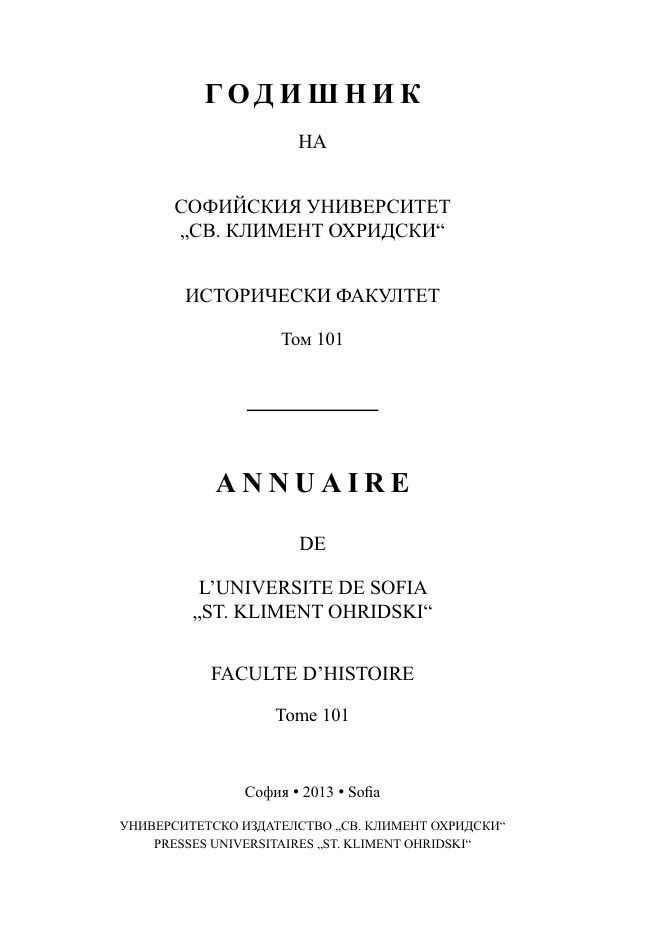
The legacy of the most prominent Bulgarian Church historian, Ivan Snegarov (1882–1971) has not been an object of an extensive and detailed analysis until recently. The article Ivan Snegarov – Life and Historical Work is an attempt to fulfi ll this lack and presents a brief outline of the author’s PhD dissertation with the same title. The article is divided onto three parts: the first one (entitled Life) is a biography of Snegarov, the second (The Various Periods of the Bulgarian History in Ivan Snegarov’s Works) – analysis of his major historical works, and the third (Into the Constructive Laboratory of the Historian Ivan Snegarov) – synthesis of the most essential trends and ideas in Snegarov’s writings.
More...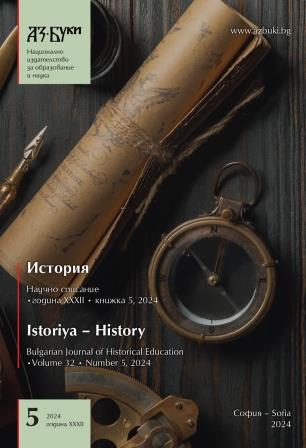
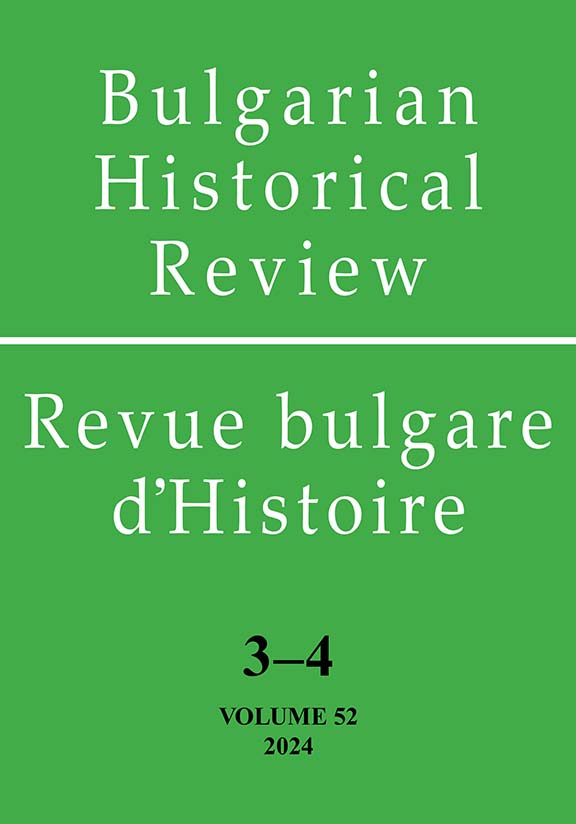
Review of:TODOROVA, O., 2021. Domestic Slavery and Slaveholding in Ottoman Rumelia. Sofia: Gutenberg Publishing House. 444 pp. ISBN 978-619-176-195-1 [In Bulgarian].
More...